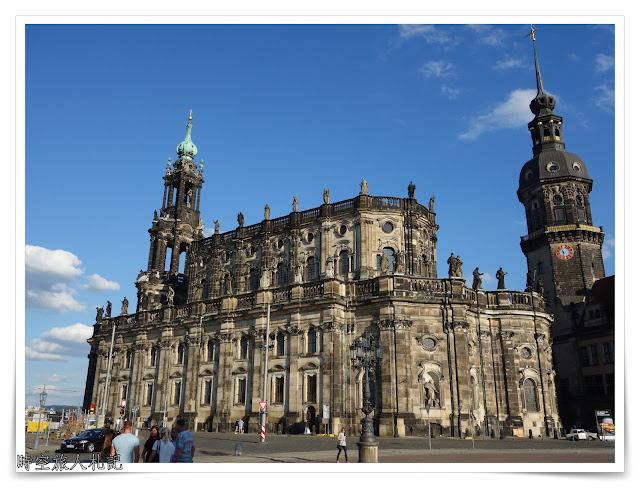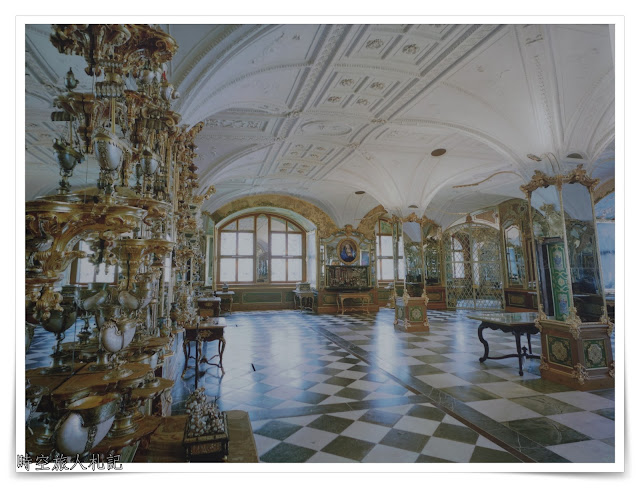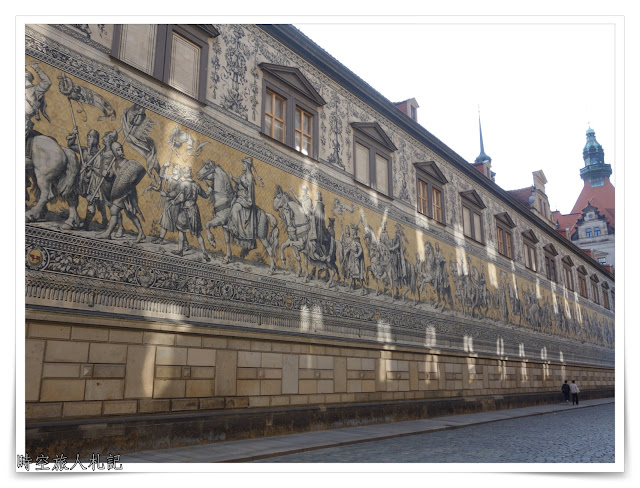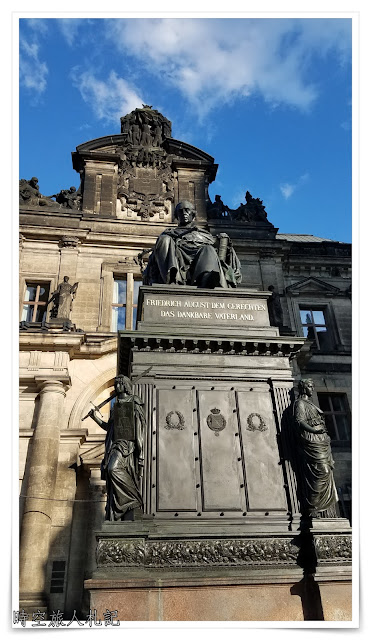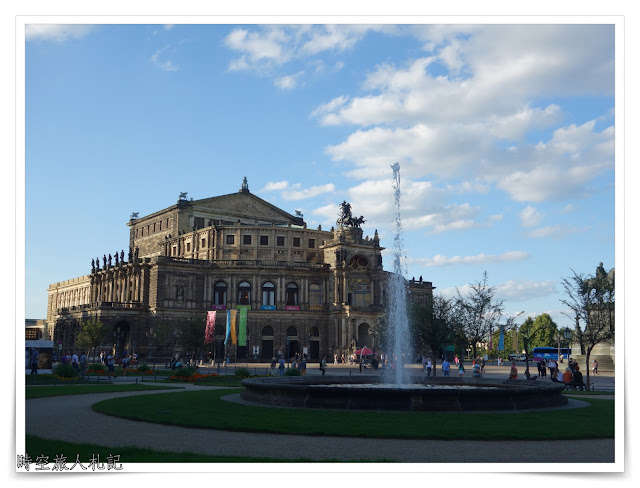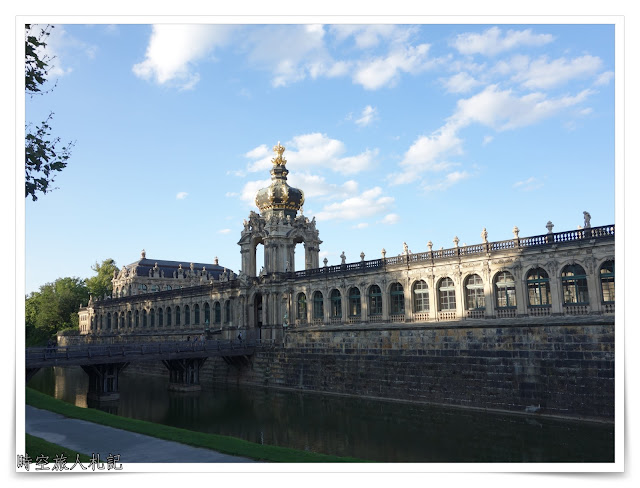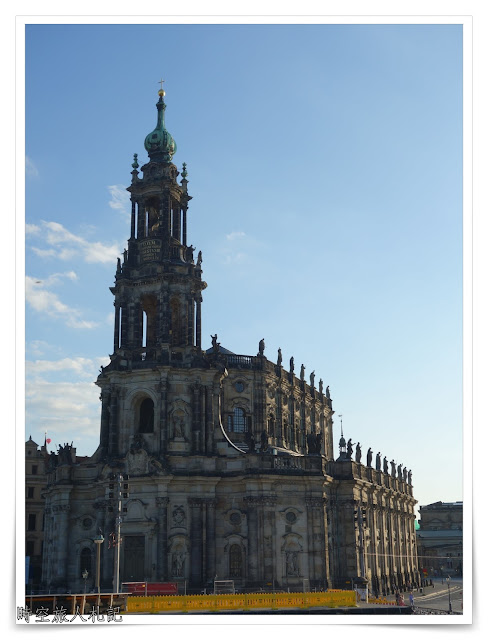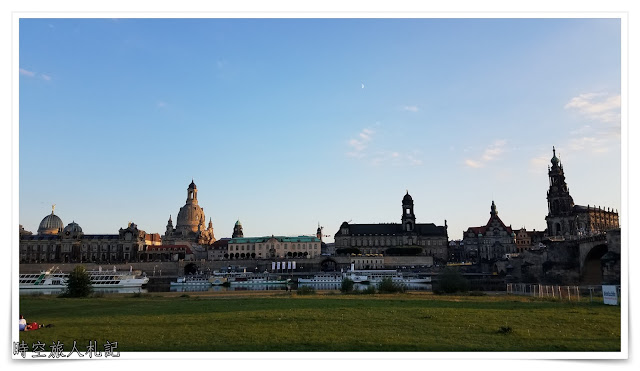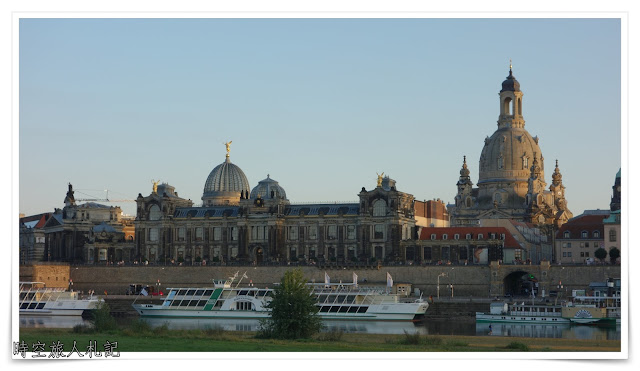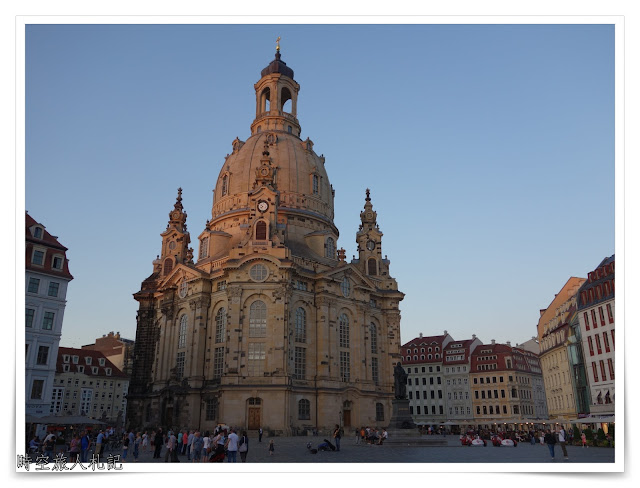Table of Content
Dresden Day Trip Itinerary
Dresden, before World War II, was known as one of the most beautiful cities in Europe, and was also known as "Florence on the Elbe". Dresden has a lot of museums and if you are passionate about museums, you should be able to arrange at least two days here. We only had one day, so we focused on the old town area and the baroque architecture. We started our visit with the Dresden Palace and the museum, and basically took a casual stroll around the Old Town, including a walk through the south bank of the Elbe with several important sights, such as the Semperoper Opera House, the Baroque palace and gardens in Zwinger, the Hofkirche Palace Church, then walked across the Augustus Bridge to the green area on the north bank, and then back to the other side of the river to look at the baroque buildings, and finally in the evening, we returned to the old town to enjoy the baroque architecture. In the evening, you will return to the south bank, slightly southeast of Frauenkirche.
Dresden Old Town
Dresden Palace

The palace originally had a variety of rooms for preserving treasures such as the Heraldry Room, the Jewelry Room, the Silver Room, and so on, all of which were destroyed during the Second World War. Luckily, the collection was sent out of the city at the beginning of the war, so the collection was preserved. Nowadays, Dresden Palace has been converted into a museum, where many of these magnificent and exquisite artworks are preserved. Due to time constraints, we were only able to see the Green Dome. We were not allowed to take photos of the interior, so we had to share the splendor of the halls.
Columns
Stahlhof Arena
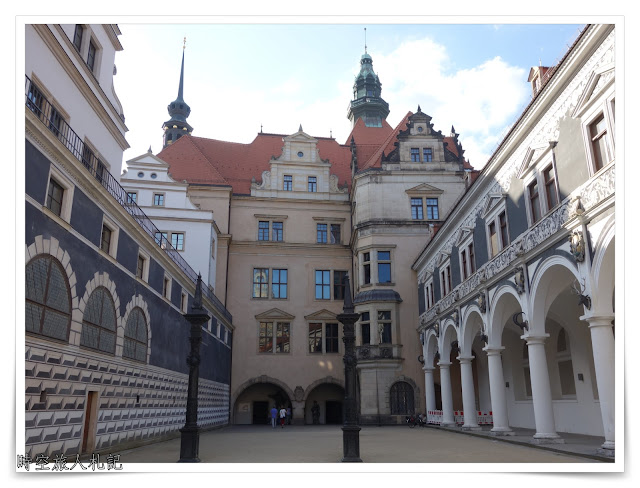
Front Plaza of the Court
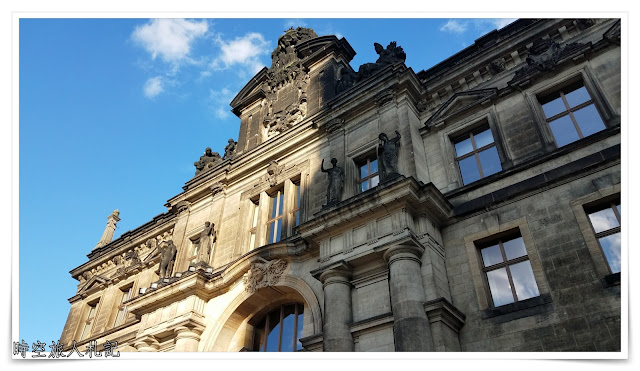
Semper Fi Theater
Zwinger Palace
Palace Chapel
Augustus Bridge
Riverside Park
Golden Knight
The Golden Knight, a statue of Augustus II, is located in the New City Market between the Augustus Bridge and Main Street.

Church of Our Lady
Further reading
- Germany Self-Drive Itinerary 2017/08 (Berlin - Dresden - Munich)
- Three Days, Two Nights Berlin Itinerary
- Berlin Attractions(Part 1): Berlin TV Tower, Red Town Hall, Nikolaikirche, Museum Island
- Berlin Attractions(Part 2): Grosser Platz, Brandenburg Gate, Reichstag, Victory Column
- Berlin Attractions(Part 3): Checkpoint Charlie, Oberbaum Bridge, East Side Gallery, Berlin Wall Memorial, Charlottenburg Palace
- Potsdam One Day Tour: Wunderkammerpark, Old Town
- Day trips around Dresden: Bastei Saxony, Schloss Pillnitz, Pillnitz Palace
- Dresden: Florence on the Elbe
- Rothenburg Rothenburg ob der Tauber : A frozen medieval German city
- Day trip to Königssee: Germany's most beautiful lake
- Day trip to Chimesee: the largest lake in Bavaria
- Neuschwansteinstraße and Schloss Hohenschwangau: The Fairytale World of Mad King Ludwig
- Munich Attractions (Part 1): Marienplatz, Neues Rathaus, Atlas Rathaus, Hofbrauhaus, Royal Beer House
- Munich Sightseeing (Part 2): Unification Church, Teatro-Artina Church, Munich Royal Palace
- Munich Attractions (Part 3): Peterskirche St. Peter's Church, Viktualienmarkt Grain Market
- BMW Museum in Munich: The Pride of German Industry
- German Culinary Journey (Part 1): Dining in Berlin and Potsdam
- German Culinary Journey (Part 2): Dresden and Rothenburg
- German Food Tour (Part 3): Beisgasden, Lake Keim, Fussen Dining
- Germany Food Tour (Part 4): Munich Cuisine
Thank you for visiting our website.
All the content on this site is original and shared with the purpose of providing valuable information. We sustain the operation of this site through a small amount of advertising and sponsored links. If you click on links to third-party merchants on our site and make purchases, we may receive a portion of the sales as a commission. If you click on links to third-party merchants on our site and make purchases, we may receive a portion of the sales as a commission.
Find more posts on a map Here.
My recommended resources for hotel bookings.
My recommended resources for activity bookings.
Recommended travel credit card for US-based travelers
Travel with just a backpack!
Buy me a coffee and support my contents!
If you are interested in quoting this article or using any part of its content and images on your website or publication, please contact us via email to request permission.
